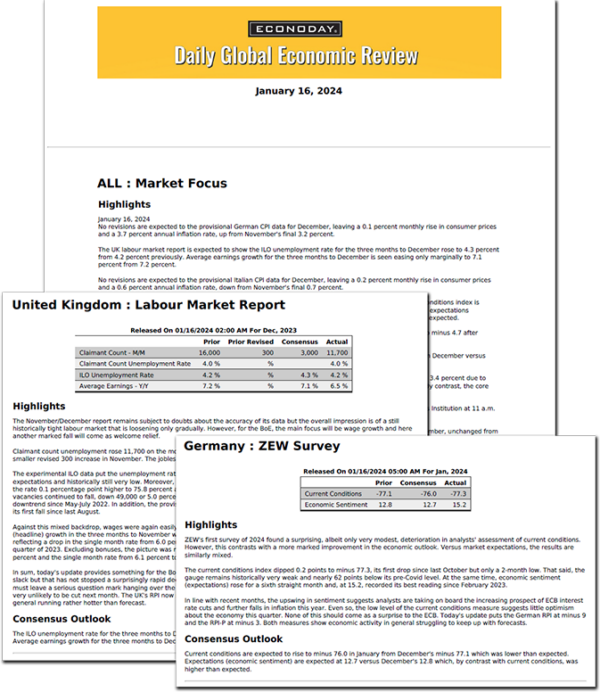Two questions will dominate in the November 27 week. First, how is the 2023 winter holiday shopping season shaping up? Second, will the FOMC raise rates again at the December 12-13 meeting. This week there may be more reliance on anecdotal evidence than economic reports, but both will affect how the current year ends for businesses and consumers.
At this writing it is too soon to say what the retail landscape looks like. Retailers – online and brick-and-mortar – are advertising aggressively. Mild weather in many parts of the country may encourage shoppers to get out to outlets and there could be a benefit to restaurants and entertainment venues. Falling gasoline prices will give consumers a little more discretionary income at the margins, but financing costs could stifle some buying of big-ticket items. However, weak consumer confidence readings probably won’t correlate with actual spending. Stable employment and higher incomes are likely to be more important.
This coming week is the last one before the start of the communications blackout period around the next FOMC meeting. It begins at midnight on Saturday, December 2 and runs through midnight on Thursday, December 14. The possibility of another 25 basis point rate hike is very much on the table. This is the last chance for Fed policymakers to stake their positions on rate hikes before the meeting. It is clear that they are unanimously hawkish on inflation, but whether they think that another hike is needed is not a settled debate. It won’t be until a few critical reports become available for November – monthly employment, the CPI, and retail sales.
To help inform their decision making, policymakers will have the next Beige Book set for 14:00 ET on Wednesday. The compilation of anecdotal evidence about the US economy across the 12 Fed district banks could tip the balance on another rate hike in either direction. The Beige Book will cover the weeks from early October through mid-November. The tone of the Beige books over the past year have almost all been consistent with soft-to-modest economic activity. The report suggests that the US economy has avoided recession mainly due to a tight labor market and rising wages which have fueled consumers spending. The Beige Book should reflect a cooler labor market, but one in which the imbalance in labor supply and demand remains in the process of correcting which in turn favors competitive compensation pressures.
Although the end of the week sees the first Friday of December, it is not an Employment Friday. The survey reference period ended with the week of Saturday, November 18. The employment report does not appear until three weeks after the reference period closes. The December employment report will be released at 8:30 ET on Friday, December 8.




